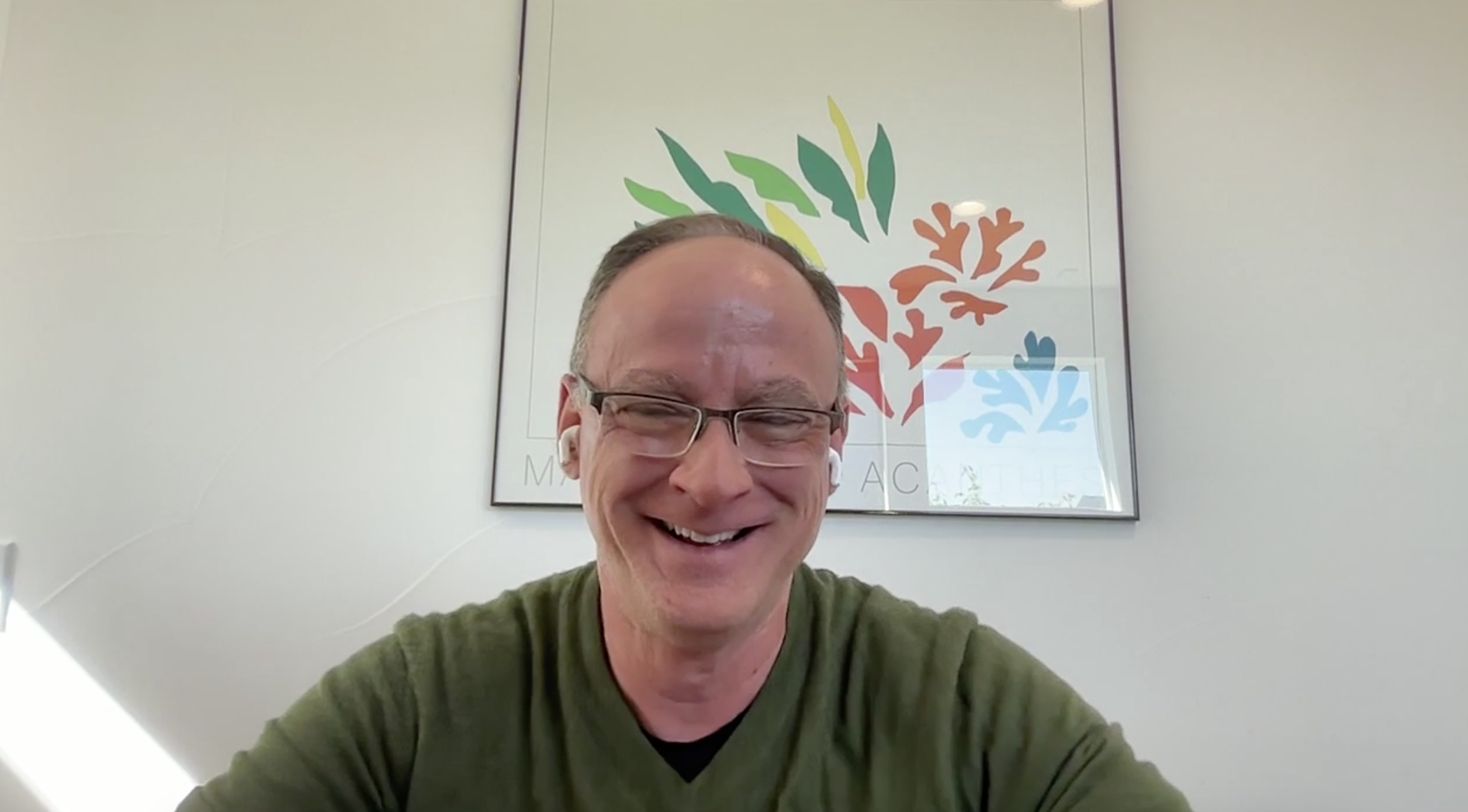Employee engagement programs aim to address all kinds of motivational factors. Every worker is different, so naturally, each has his/her own view about what’s great about his/her job. Real world companies with great engagement rates understand this, and the diversity of their employee engagement programs is a living illustration of thinking out-of-the-box – but always based on principle.
A Unifying Theory of Engagement?
There are many theories about what results in workplace engagement, but none of them boil it down to a single factor. In a discussion of employee engagement models, three stand out the most, and each with a multitude of contributing influences. On the other hand, the interestingly high engagement rates of non-profit workers suggest that a sense of purpose is critical. Let’s take a gamble and define engagement like this:
“Engagement is the sense that your job is meaningful both inside and outside the workplace.”
Why both inside and outside? It’s the old ‘live to work or work to live’ question. The truth for many people is probably somewhere in the middle. Of course, everyone has some kind of life outside of their job, but it’s the salary that enables that existence in the first place. So, many engagement programs look at both sides of the equation.
Examining Actual Employee Engagement Programs
We’ve highlighted below a selection of well-known corporations and some of the initiatives that they take to boost engagement. Each in its own way supports the “unified theory” mentioned above.
Paid Volunteering: Starbucks
Not every company is a non-profit, but some admire the kind of charitable mindset – and engagement – that they inspire. This fits with the idea of engagement being connected to a person’s workplace identity even when they are out of the office.
Starbucks is one of these companies. In 2018, they started a paid volunteering program. It involves a selection of employees who volunteer at a non-profit for up to 20 hours a week. For this effort, they still receive their normal salary.
The volunteering program is only one of Starbucks’ philanthropic initiatives. The company also runs the Starbucks Foundation, which supports farmers, a grant program, and disaster relief.
Starbucks’ move makes sense when considering the fact that 81% of the Best Workplaces for Millennials offer paid volunteering programs. In addition to boosting engagement, such programs also help in recruiting efforts and in branding.
Flextime and WFH: Dell
The debate surrounding these two topics has been top-of-mind for many HR people since the pandemic. Employees want to establish more work-life balance (“work to live”), while managers want them front and center.
Some companies saw the value of flexible schedules long before Covid-19. In 2009, Dell created its Connected Workplace Program to enable more WFH opportunities. This approach was a lifesaver, as Dell easily went to a 90% WFH rate almost immediately when the pandemic hit. Today, variety is the name of the game at Dell. Employees have the chance to work remotely full-time, or to be on-premises for part of the week.
Mentorship and Rotations: General Electric
Internal mentorship programs connect employees with senior, seasoned managers. The manager takes the employee “under their wing” to acquire both skills and position-specific experience. Mentorship is great for engagement because it increases an employee’s competency level, but also shows how the organization cares about their professional development.
One company that has taken mentorship to another level is General Electric (GE). Through its Commercial Leadership Program, employees are mentored by both mid-level and senior managers. But GE goes a step further with a job rotation program that enables employees to understand how they fit into the organization as a whole while meeting helpful managers of different skill and seniority levels.
Decision-Making: Southwest Airlines
One component of “meaningfulness” is that an employee is seen as a stakeholder in their organization. Just as shareholders get to vote on issues that affect a company’s finances, stakeholders should be able to influence actions that involve their jobs.
Southwest Airlines took this route in a lighthearted way when it decided to redesign its uniforms. Airline employees tend to work very long hours, so having a comfortable yet practical uniform is a rather big deal.
The company started the process by selecting employees from across different operational areas to participate, so that the uniform concepts would come from the people who would actually be wearing them. Then, more than 120 workers from across the organization were invited to test-fit the designs. Gone are the hot pants and love potions; here to stay are employee-designed, functional outfits that make employees feel like they are part of the big picture.
Using Growthspace for Engagement Gains
Growthspace might not design your uniforms, but it will provide your employees with customized learning and development programs at scale. We’ve discussed how some of the world’s most successful companies try different ideas for engagement. However, when it comes to L&D, many of them simply turn to Growthspace.
That’s because the Growthspace platform enhances the way L&D courses are created, staffed, and administered, no matter the size of the organization. With Growthspace, HR teams find exactly the experts needed for instruction in highly-defined skills. Growthspace also permits program management from a single platform, which is usable by all L&D stakeholders. Find out how Growthspace is getting attention – and growing engagement – across the globe.




